Solo Kayaking: The Do's and the Dont's
So, you’ve got the gear. You’ve got your kayak. Now all you need is to jump in and set off on your adventure. Except, that’s the hard part…
If you’re keen on heading out alone, you may be a bit nervous. That’s perfectly normal! With any water sport, knowing what you need to be able to do or have is essential, especially if you’re alone. To ensure you stay as safe as possible and can fully enjoy the experience, we recommend that you follow these guidelines.
What equipment should I take solo kayaking?
- Reliable self-recovery skills – pretty obvious! It’s a good idea to start off by kayaking with others - join a group if your friends aren’t interested. This is so that you can get used to the activity and familiarise yourself with the skills needed to ensure your safety at all times.
- Practice solo launching and landing – you really don’t want to fall out of the kayak by yourself only to discover that you can’t get back in…
- Navigation skills/tools – plan your route prior to going out. If you’re a beginner, start off with familiar routes until you get comfortable with going solo. It’s easy to drift further than planned so make sure you have the energy and special awareness to make it back home!
- Signalling kit – this should include a VHF radio, mobile phone, whistle, flare gun, flashlight etc
- Personal Flotation Device – a buoyancy aid should be worn at all times
- Waterproof bag/pouch - to protect personal belongings
- Awareness of predicted weather conditions – listen to your marine forecast beforehand so you can plan your journey accordingly
- Water
- A full and well-nourished belly! Never go kayaking on an empty stomach.
The equipment above is always good to have with you, even on group trips. Remember to ease into solo paddling – start with shorter trips in areas you’re familiar with. As you get more confident and your skills become second nature, you can start to challenge yourself more.
Solo Kayaking has its risks
It’s important to be conscious of the potential risks and dangers to paddling solo. You may not be able to rely on other people to help get you out of trouble, so you must have the skills and attitude to cope with challenging situations. This isn’t to say that solo kayaking isn’t fun. That feeling you get from taking time to enjoy nature and clear your thoughts is simply unbeatable. With the greater deal of responsibility and caution needed to do it solo, comes a great sense of accomplishment. As you adapt and become more confident, the motivation to learn and practice further is greater.
Top Tips for Solo Kayakers
- Let someone know you’re going kayaking alone. Give them a time they should hear from you by so that they know how long to wait until they raise the alarm.
- If you rent a kayak, let the company know when you intend to return, and who to contact if something goes wrong.
- Always wear a personal flotation device
- Lock your bag onto the kayak’s net, in case your kayak turns over.
- If something goes wrong, don’t panic! Take a deep breath, pause, and try to figure out a solution. Remaining as calm as possible will stop you from making rash decisions.
--
To shop our full kayak range click here.
Join the community. Follow us on Facebook or Instagram!
Published on 18th February 2019 in Kayaking













































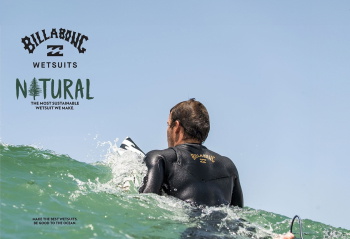

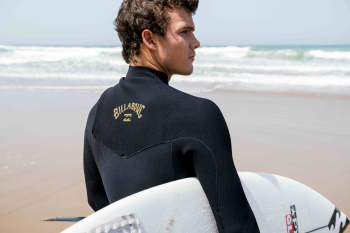

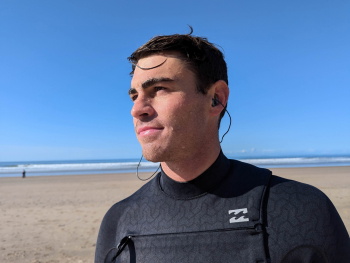
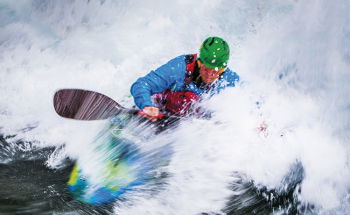
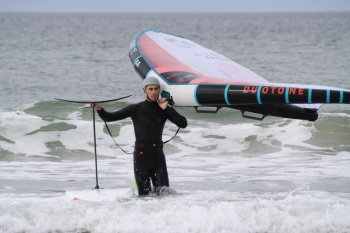

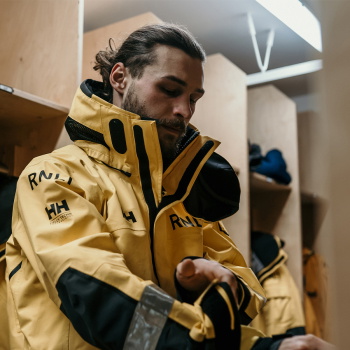
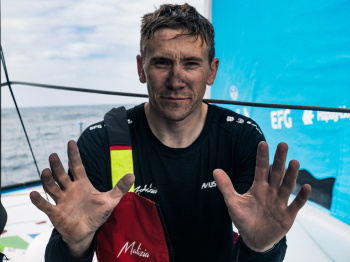
 Visit the US site
Visit the US site  Continuar al ES
Continuar al ES